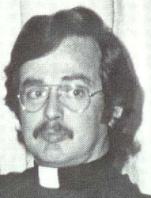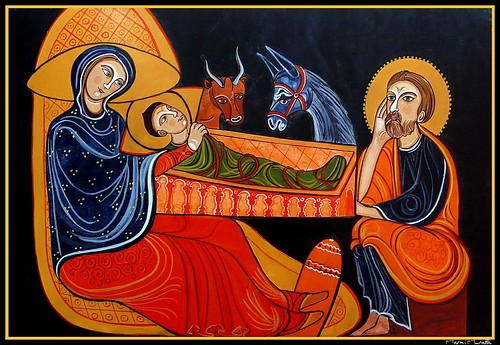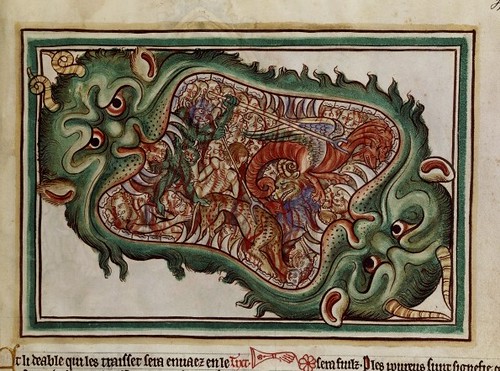Occasionally churchmen (and churchwomen) notice the lack of male involvement in the various Christian churches and try to think of ways of getting men involved, but the more common reaction is seeking to make the church ever more and more a women’s club.
U.S. Catholic celebrates the feminine triumph in the Church:
It’s lunchtime at St. Clement Parish in Chicago, and although some of the city’s best restaurants are within walking distance, most of the staff members instead opt for microwaved leftovers and conversation with colleagues around the conference table. The building engineer and associate pastor stop by for a quick bite, but otherwise this makeshift lunchroom is Estrogen Central.
A large parish of 4,000 mostly middle- and upper-class families, St. Clement boasts 12 full-time, well-educated lay employees. Only two are men.
St. Clement is a great place to be a woman in the church. The pastor is open and collaborative. Women are visible in leadership and liturgy, and they are accepted and respected by parishioners. Older women mentor the younger ones. And the flexible hours, reasonable salaries, and decent benefits make it possible for women to do the meaningful work they were trained and feel called to do.
Nor is this a peculiarity of St. Clement’s.
Women virtually run the church in the United States. They make up the majority of parishioners, volunteers, and staff at the parish level, and make up at least half of employees at most diocesan offices. A third of Catholic students pursuing advanced theological degrees are women—and most plan to use their education in service to the church.
At the parish level even more employees are women:
Parish employees—as many as 80 percent of whom are women.
The triumphant march of women through the Church will be completed (many of the female employees hope) when ordination is opened to women, and the last vestiges of male presence in the Church are swept into the dustbin of history, and the Bride of Christ will be composed almost exclusively of women – a process that is almost complete in the mainline Protestant churches.
As to the men – well, there is sports, war, crime, and other diversions – if the women are lucky. Fascism and Nazism replaced Christianity for many men in Europe in the twentieth century.













